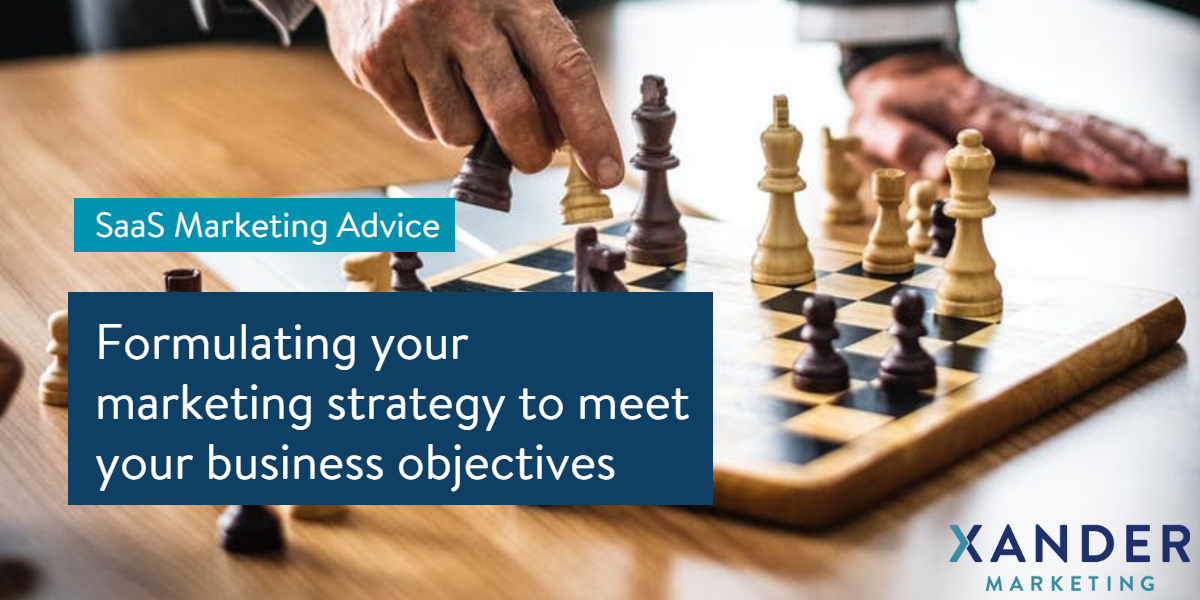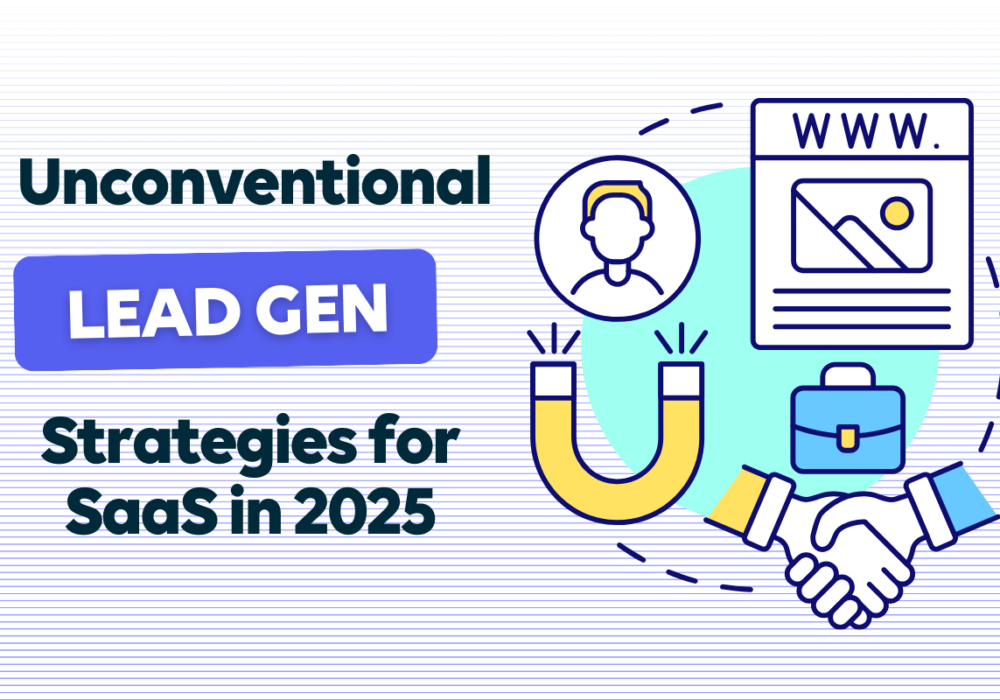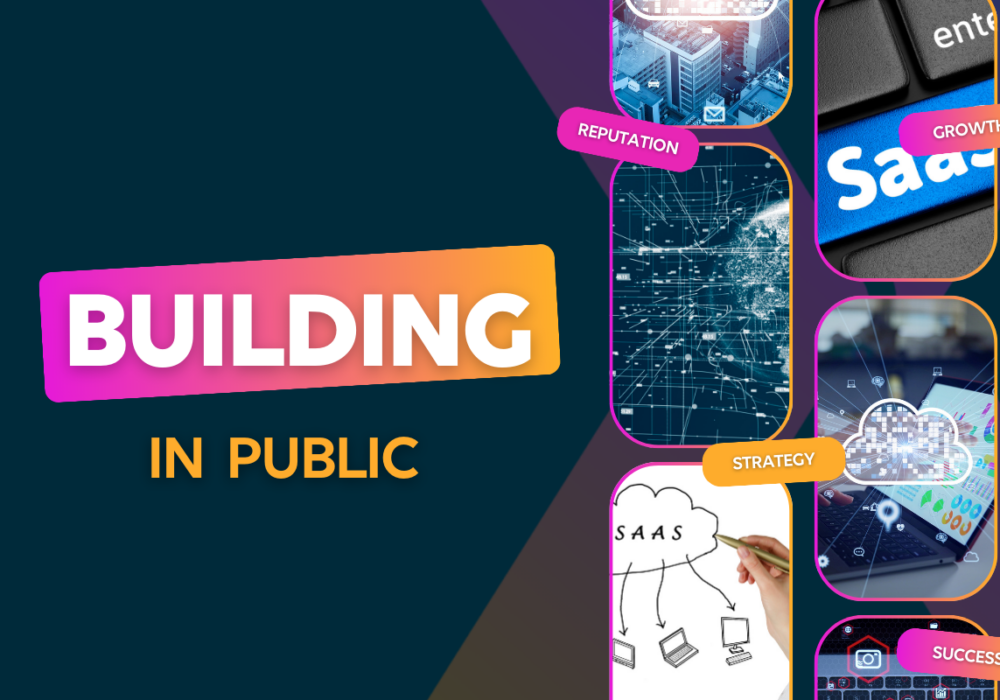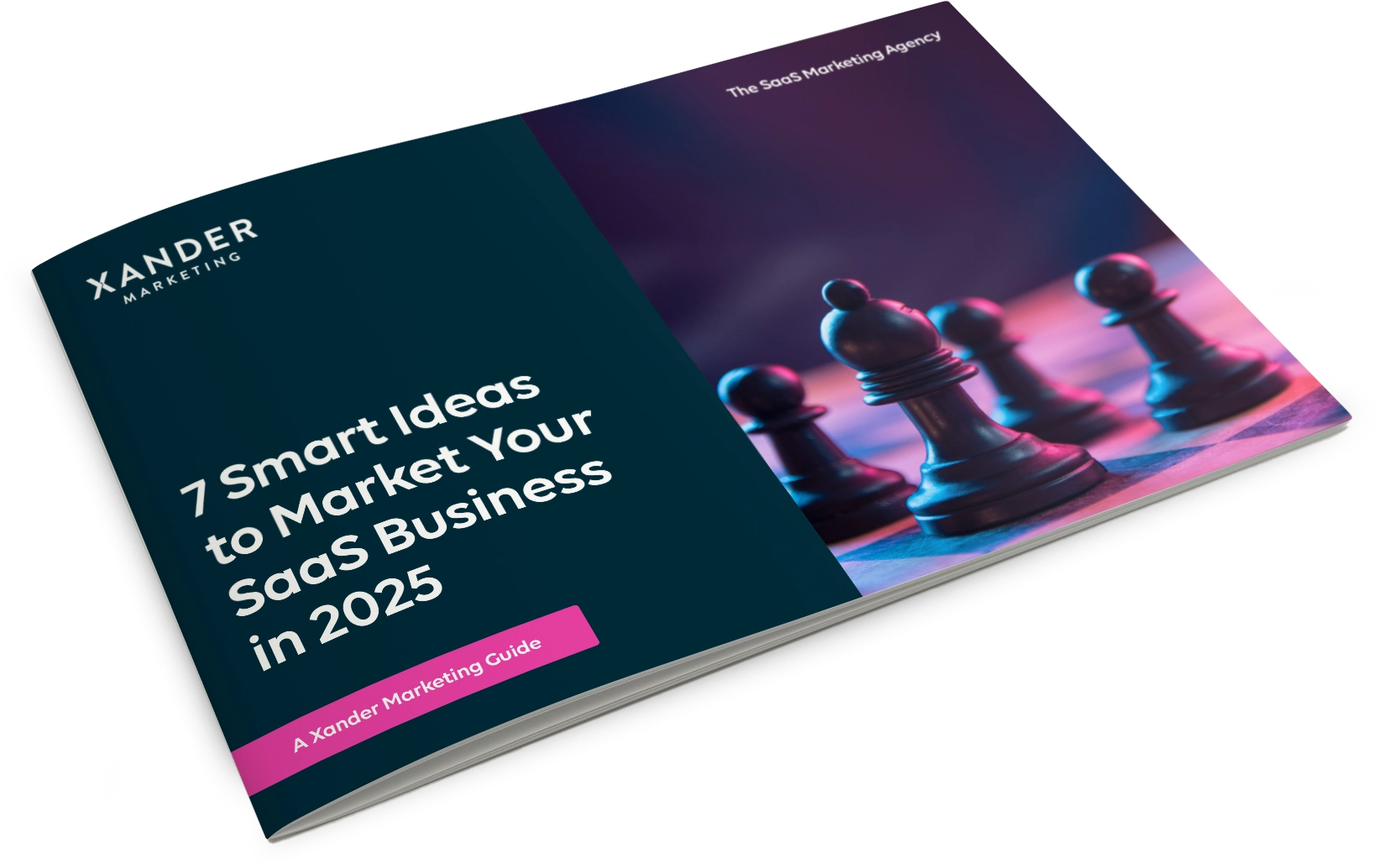Formulating your marketing strategy to meet your business objectives
1st October 2019
Getting your mix of marketing activities right
It is a cornerstone of marketing to adopt an integrated approach to promotional activity. This applies to channels as well as communication and content as we aim to build cohesive campaigns that are effective and consistent in their messaging.
There are also many elements that combine to form a marketing strategy. And there are many ways to shape your strategy. Some of these are determined by the nature of the market and some by the objectives of your business.
The overarching concept of adopting an integrated methodology, might suggest that every appropriate element is given equal attention. However, this is not the case, it is looser than that. You can favour one over all the others or favour a select few. Yes, you need to integrate your marketing activities, but you can bias what marketing activities you undertake and the amount of each to suit what you want to achieve.
For example, you might place an emphasis on email marketing over PPC, or vice-versa. Here we discuss the key elements that underpin a strategy how they might be more suited to fit with the ambitions for your business.
Outbound
Outbound marketing is the traditional approach from the days before the Internet opened up an era in marketing practice. Typically, the onus is on proactively seeking customers with outbound activity such as outreach emails, cold calling and advertising. Take a look at this if you want to know more about the use of email – ‘Lead generation email marketing best practice guide for B2B SaaS businesses.’
Inbound marketing
Inbound requires you to be discovered by prospects seeking a product or a solution to a problem. Typically, an inbound-centric strategy might dump Outbound activity all together. The emphasis is generally to get PPC, SEO, content marketing all working together (integrated!). To make it succeed you need to get strong funnels in place and focus on finding measurable channels which accurately show you your ROI. For example, you might be able to measure that for every £1 we spend on Google Ads we get £5 back. That’s a great return, so the business case is made that you should spend as much as possible.
Content marketing
The emphasis here is on making your business a thought leader. Typically, it requires you to have a subject matter expert – or experts – on your team. They do not have to necessarily be well-known in your market segment or industry. Your content programme is going to use their standout thinking to pull prospects looking for products to a solution to a business problem come to you.
Outbound and content marketing were made for each other! But that’s not to say you won’t be discovered and pull prospects through the Inbound channel as well. Should you opt to major on a Content led strategy, you need to really commit and do it properly by using a platform like HubSpot and tools like Intercom to power real-time communication with prospects.
For more on this read our blog ‘Content Is Still King: How content marketing enables SaaS businesses to differentiate, lead and succeed’.
Brand building
Building you brand so that it’s instantly recognisable is perhaps the holy grail of advertising and marketing. However, it’s not just about creating high recognition of the brandmark or logo. The brand needs to stimulate an emotional response through its values which chime and connect it to customers, prospects and your competitors. You could argue that such an outcome is unimportant for a relatively small SaaS software company. However, if ‘Accidental Empires’ teaches us anything, particularly about technology, it is difficult to predict quite how successful your venture might eventually be.
To build your brand effectively, it takes exposure. You need to be high profile and participate in the industry. Trade magazines, conferences, seminars and expos and industry associations, as well as by-lined articles by your subject matter experts are all useful brand builders. Supporting charitable causes, sponsorship and community participation are also excellent for establishing the softer values of your brand.
Speed: Tortoise Vs. Hare…
A key factor that might play a part in helping you decide how best to configure your marketing strategy is to consider it from the point of view of your business ambitions. You want…
…fast growth
For many the desire is for fast growth. Especially if you get in on the ground floor, it’s good to get into a position of dominance, making it hard for competitors to push you off the ball. In this case the need is to max out marketing budgets as much as possible to pile on subscribers and grow. Similarly, you’ll need to act appropriately if you are pursuing investment and looking to move through the gears and rapidly progress through the funding rounds.
…steady growth
For others, slower, managed growth may be the objective. Taking a steady, perhaps organic approach might be the key, particularly if you have entered the market a little way down the line. Typically, do enough to hold market share and slowly increase it without burning cash fast. Perhaps you’ll acquire talent and competitors as other fail or sell. Slower acting marketing strategies, such as email marketing nurturing campaigns and ongoing content marketing might fit well here. Unless there is an immediate business problem, the buying cycle for software can be long – several years – so the underlying trend supports a long game mindset.
These are by no means the only factors, but we hope we’ve helped start the ball rolling so you can think through what you need to do to get the results you seek.
Next steps: What should go in your SaaS Marketing Strategy
Help with your marketing strategy from Xander Marketing
Xander Marketing has helped over 200 B2B SaaS businesses set out their marketing strategies and succeed in achieving their business objectives. Get started with better marketing today. Click here to arrange your free one-hour consultation.






